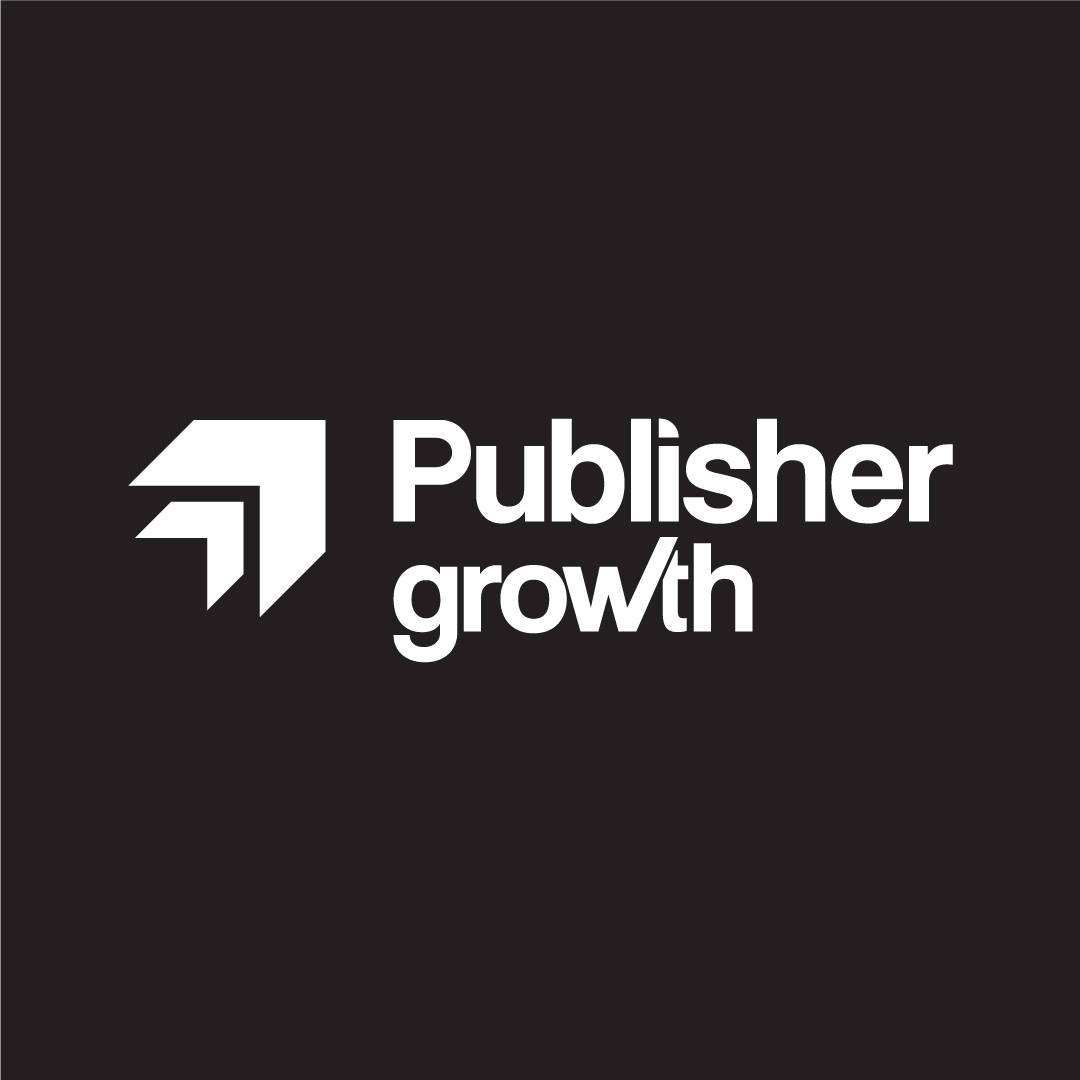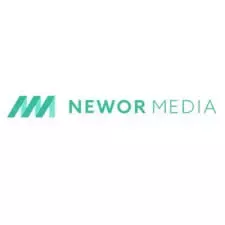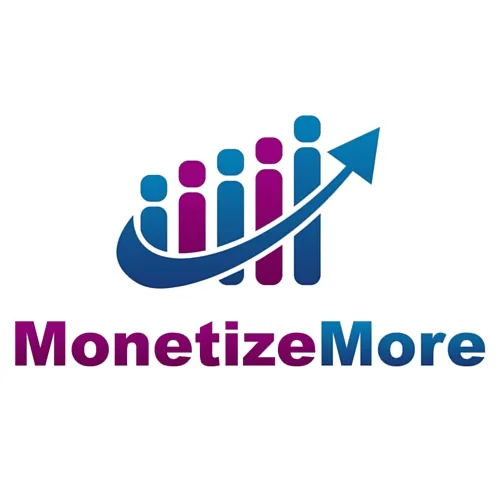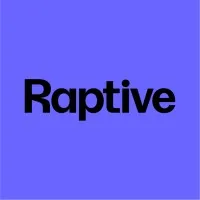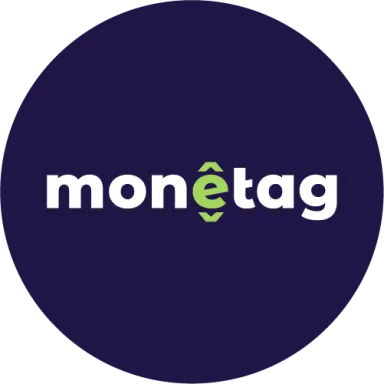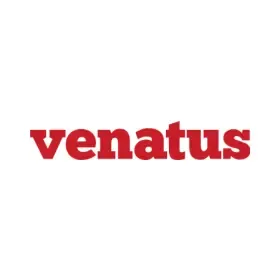The Best Display Monetization Platforms for Publishers
If you are new to the world of ad monetization, chances are the words “display advertising” have certainly shown up on your radar. On the face of it, this is relatively simple - publishers collect revenue for the ads they showcase on their app or website. But there are certain intricacies that come into play when choosing a platform, such as ad formats, revenue streams, monetization strategies, etc. A display advertising network serves as a bridge connecting advertisers with website publishers that have available ad space. Functioning as an intermediary, it streamlines the process for advertisers to purchase display ads and for publishers to sell their advertising slots. Display ads are specifically famous in the law and politics and the automotive niches.
But display monetization platforms go beyond mere ad placements, they leverage targeted visuals to engage users effectively and boost revenue. Designed to contextually integrate with the content of your website, they are a valuable source of revenue for any publisher. Display ads come in various forms, including banner ads, interstitials, native ads and more. Most successful display advertising campaigns employ a strategic blend of images, text, GIFs, and videos to distinguish themselves online and convey their message to the target audience. As publishers, selecting the ideal display advertising network tailored to your specific needs requires thoughtful consideration of some key factors: such as target demographics, considering a network’s reach, reviewing its relevant features, analysing its pricing models, etc. The global market for display monetization platforms is expected to grow to approximately $180 billion by 2024, with a compound annual growth rate (CAGR) of around 7% and over $200 billion by 2025.
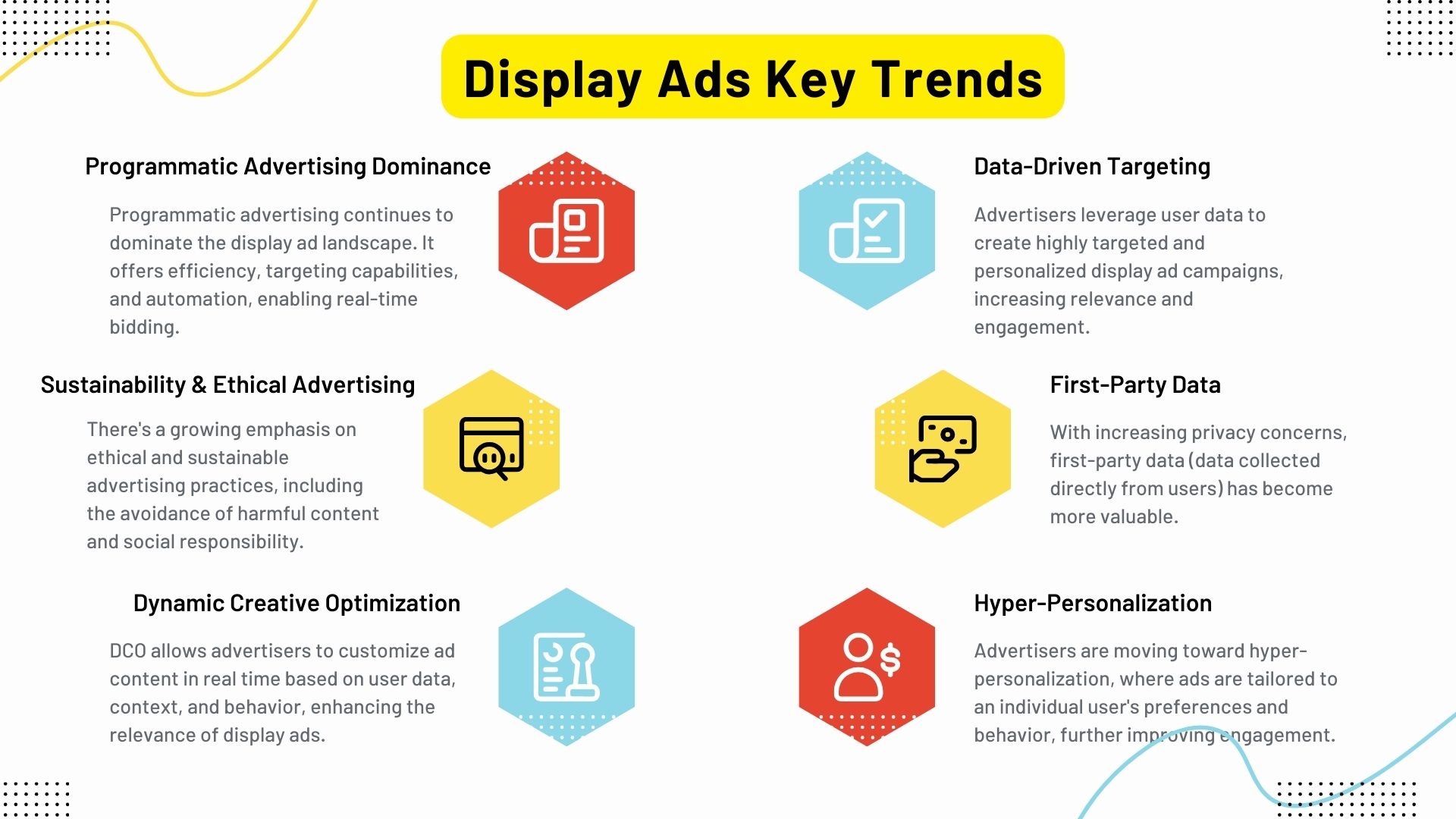
Benefits of Display Monetization Platforms
There are several benefits to display monetization platforms, also known as ad monetization platforms:
- Visually appealing: As display ads are visually appealing and can appear across a wide range of websites, they can sometimes lead to increased site engagement by promoting less banner blindness.
- Revenue generation: Display monetization platforms help publishers monetize their online assets in ways that can foster incremental revenue growth. Usually the share is 20-30% of the total ad revenue generated by ads. As profit is the driving incentive, leveraging display ads can lead to consistent revenue streams and increased liquidity for publishers.
- Targeted advertising: Display ads use sophisticated algorithms to serve targeted ads to the publisher's audience, as per their interests, demographics and browsing patterns. This means that ads are generally relevant to the visitor, increasing the chances of engagement and click-through rates.
- Ease of use: Most website monetization platforms are beginner friendly and easy to use, with a simple interface that lets you track engagement, check earnings, as well as monitor, analyze and benchmark key data. It is a relatively straightforward process— You really don’t need a wealth of experience in publisher monetization to start earning.
- Monetization options: Publishers are allowed the flexibility to choose monetization models that are best suited to their audience and content. CPM (cost-per-mile) is one of the best models for revenue generation, as publishers can make money each time an ad displays in an app or on a website. Another option is CPC (cost-per-click), where revenue is based on the number of clicks the ad receives.
- Increased exposure: Publishers have the flexibility to strategically position ads in prominent areas of their website, including headers, sidebars, or within content. This dynamic utilization of ad spaces guarantees optimal exposure and engagement.
These are some of the many benefits that good display monetization platforms can offer publishers, to effectively generate revenue from their content and leverage the benefits of digital advertising.
Setupad's suite of display monetization services improve user experience with a faster loading speed of ads by connecting to the closest ad server. Publishers usually experience a 30-300% hike in revenue in comparison to other networks, through the platform's header bidding solutions. Setupad's smart ad refresh algorithm ensures steady CPMs and complies with Google policies.
Kadam is a Display Monetization Platform designed to help publishers maximize revenue through advanced display ad solutions. The platform offers a range of tools to optimize ad placements and enhance performance, providing a seamless experience for the publishers.
MaxValue Media is a Display Monetization Platform that helps publishers optimize ad placements to maximize revenue through targeted display ads. The platform offers advanced tools for ad performance analysis and real-time optimization, ensuring improved monetization efficiency across websites and mobile sites.
Using Pubfuture, publishers can drive real business outcomes using their cutting-edge technology solutions. Their display advertising assures a 100% fill rate irrespective of geos and screens. Pubfuture guarantees a CPM increase of upto 200% with their premium ad campaigns and diverse as units. Pubfuture is ideal if publishers wish to increase their long-term CPM while protecting user experience.
As publishers need to choose the right solutions for their businesses, AdTech vendors equally need to connect with publishers whose content and traffic matches their solutions. Publisher Growth is a platform that connects publishers and AdTech solution providers.
Ezoic is a display monetization platform that uses artificial intelligence to optimize ad placements and maximize revenue for publishers. With features like site speed optimization and A/B testing, Ezoic helps publishers improve user experience while increasing ad performance.
Newor Media is a professional ad management solution that helps publishers maximize their website’s earnings with AI.
MonetizeMore is a rapidly expanding ad tech company that has established itself as one of the industry leaders in ad revenue optimization. The platform offers a range of tools and solutions to publishers to maximize revenue from digital advertising.
ValueImpression is a leading display monetization platform, designed to help publishers receive the highest and most accurate value for each impression. With a focus on enhancing user experience, the platform's advanced ad optimization and data-driven solutions are geared to guarantee transparency across all screens, making them a trusted partner to maximize your online revenue and elevate your monetization strategy.
Raptive is an excellent display monetization platform that offers customized ad layouts that has been specifically optimized for your site requirements. Their highly viewable ads are made keeping your preferences, structure and traffic in consideration to get your the best results.
How to Choose the Best Display Monetization Platform?
The sheer abundance of options available in the market makes the selection of display monetization platforms a task. Here are some things one should consider when selecting a display monetization platform:
- Ad formats: It is essential to review the different formats on offer. Selecting ad formats that work best with your website and audience will yield better results. Banner ads, video ads, native ads, pop-up ads, etc, all drive specific results that are determined by the type of interaction you are seeking.
- Revenue share: Determining a network’s revenue share model is crucial for publishers to understand how they will be compensated for displaying ads. The higher the percentage, the better your earning potential.
- Ad quality: Many publishers have valid reasons and concerns about managing the overall ad experience of their audience. It is important to choose a platform that offers high-quality ads that do not negatively impact user experience or website performance. Check if the platform offers mechanisms for controlling ad quality, such as the access to review and approve ads before they are displayed.
- Reporting and analytics: Performance tracking and analytics is a key part of ad monetization. Look for platforms that offer actionable insights into ad performance, and advanced targeting options to effectively optimize yield.
- Ease of use: It is equally important to choose a platform that is easy to use, with a user-friendly interface and centralized dashboard for monitoring, analyzing and benchmarking key data. You can access key granular insights and payment tracking features, all from one place for better time optimization.
- User experience: Prioritize platforms that are committed to offering a positive user experience. Intrusive ads are known to negatively impact the average time spent on your website, which could in turn affect your long-term revenue potential. In general, display monetization platforms that focus on delivering relevant ads gain better engagement and higher click-through rates.
- Compliance and privacy: Compliance with privacy laws helps maintain trust with your audience which drives to maintain a positive reputation. Check if the network follows the necessary guidelines for collecting, processing and storing user data. Some certifications to look for are General Data Protection Regulation (GDPR) in the European Union, or the California Consumer Privacy Act (CCPA) in the United States.
- Customer support: Select a platform that commits itself to prompt resolutions should publishers run into any issues during or after setup. A good customer support team with accessible contact options and round-the-clock support is always an added benefit.
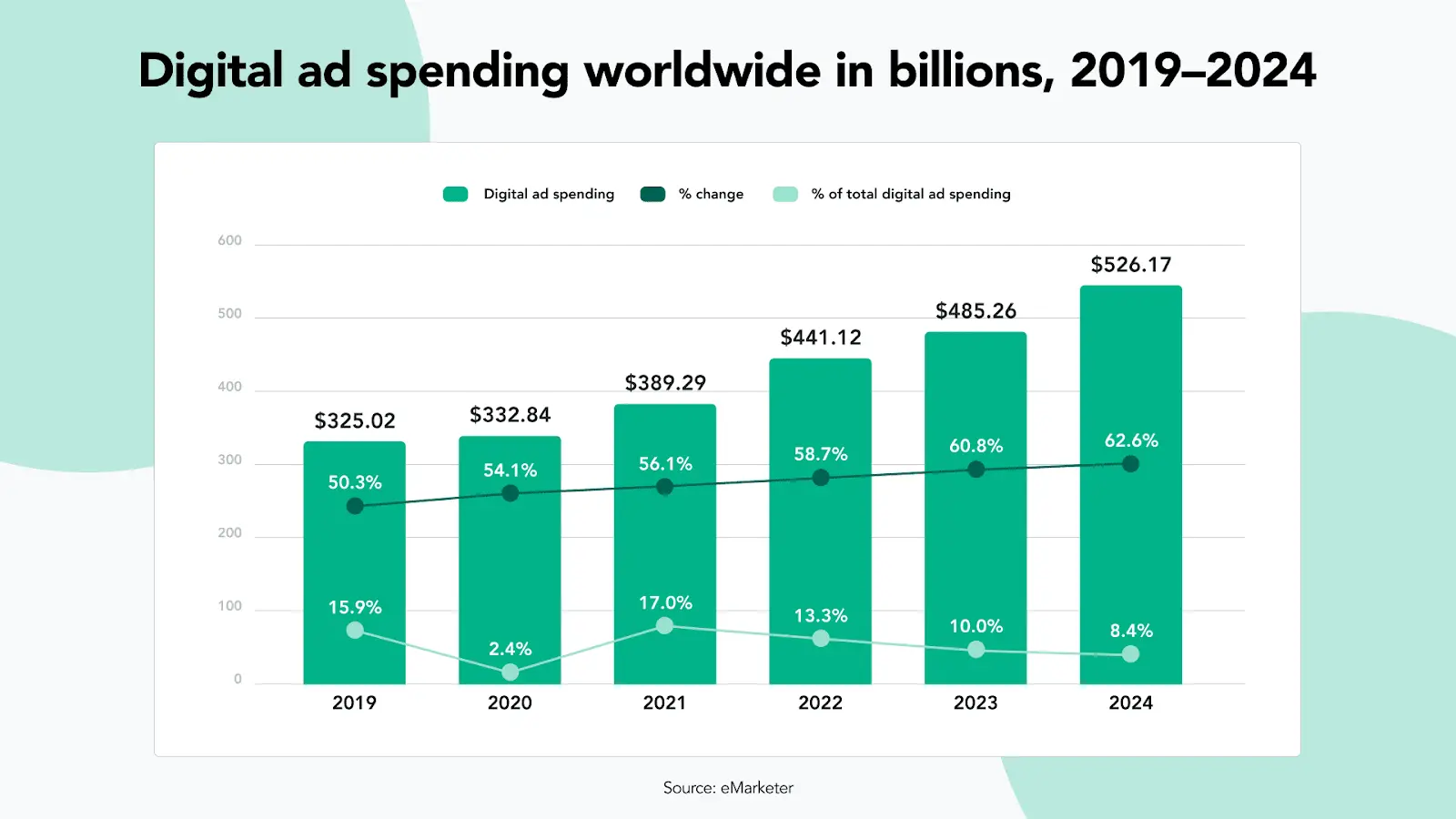
Display Ads CPM Rates for Publishers
Display ad CPM rates can vary widely based on several factors, including the type of ad inventory, geographic location, ad format, industry, and the specific demand partners involved. CPM rates represent the amount an advertiser pays for every 1,000 ad impressions. Here's a general overview of CPM rates:
- Type of Ad Inventory: CPM rates vary based on the type of ad inventory. Common display ad types include standard display banners, video ads, native ads, mobile ads, and interactive rich media. Video ads typically command higher CPM rates in the range of $5 to $20.
- Geographic Location: The geographic location of the target audience significantly affects CPM rates. Tier-1 countries, such as the United States, Canada, and the United Kingdom, generally have higher CPM rates in the range of $1.5 to $5 compared to less developed regions.
- Industry and Niche: Different industries and niches have varying CPM rates. Competitive niches like finance, technology, and healthcare often yield higher CPMs starting from $2 to $3, as advertisers are willing to pay more to reach specific audiences.
- Ad Format: Various ad formats, such as video, interactive ads, or rich media, can have different CPM rates. CPM rates for interactive ads starts from $0.50 to $3.
The Bottom Line
Display advertising isn't just about filling up ad slots, it’s a dynamic revenue strategy that, when executed well, can significantly boost your earnings. As a publisher, your job is to strategically select networks that align with your audience, content, and revenue goals. With options ranging from banner ads to native placements and interstitials, a well-optimized ad strategy ensures you’re not leaving money on the table.
Display Monetization Platform FAQs
Our Editors’ Pick:
Browse these amazing publisher monetization tools handpicked by our team of editors
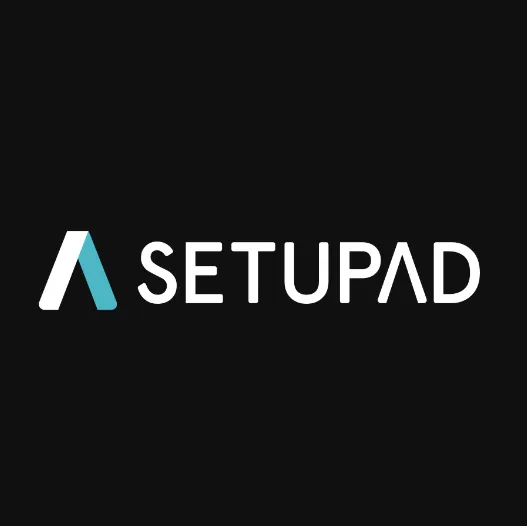


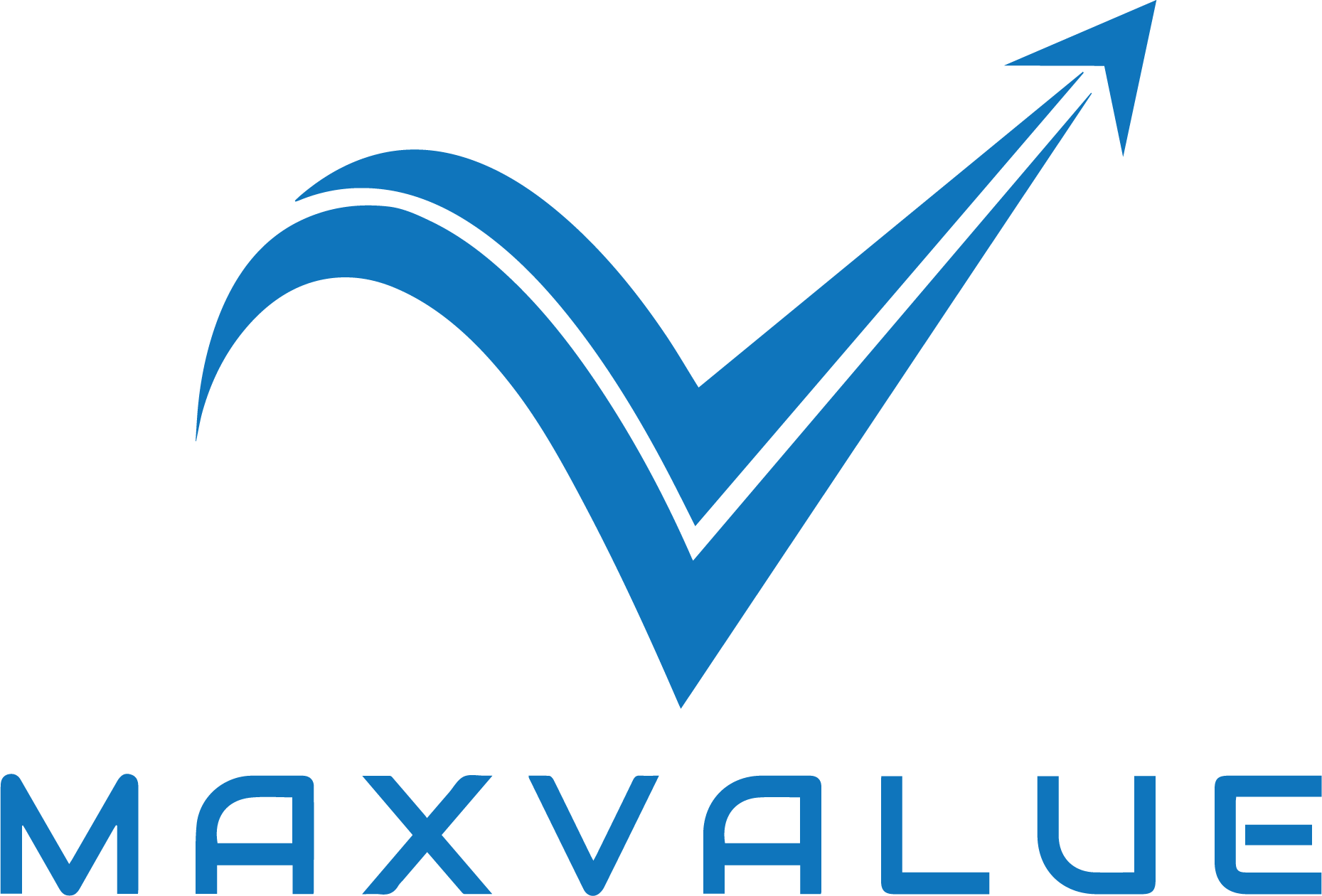
 (1).webp)
